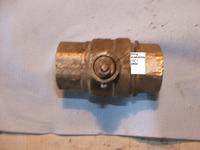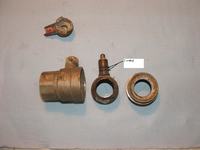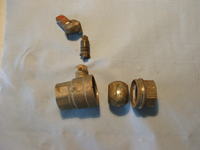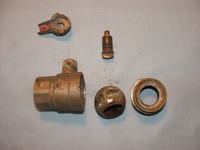Hello, I haven't found a better section in the forum so ask here.
Can someone explain to me what is the difference between a ball valve in a version with a throttle and in a version without. At first, I associated it with a venturi or flange, but when I looked at the technical drawings, you can't see anything like that. However, they differ in the place where the axis of the ball passes through the body to the lever.
Could someone confirm this and explain what are the advantages of both solutions, because both variants from the same manufacturers are on sale.
Can someone explain to me what is the difference between a ball valve in a version with a throttle and in a version without. At first, I associated it with a venturi or flange, but when I looked at the technical drawings, you can't see anything like that. However, they differ in the place where the axis of the ball passes through the body to the lever.
Could someone confirm this and explain what are the advantages of both solutions, because both variants from the same manufacturers are on sale.







